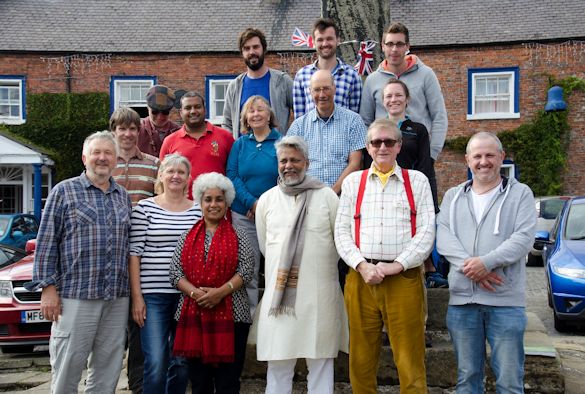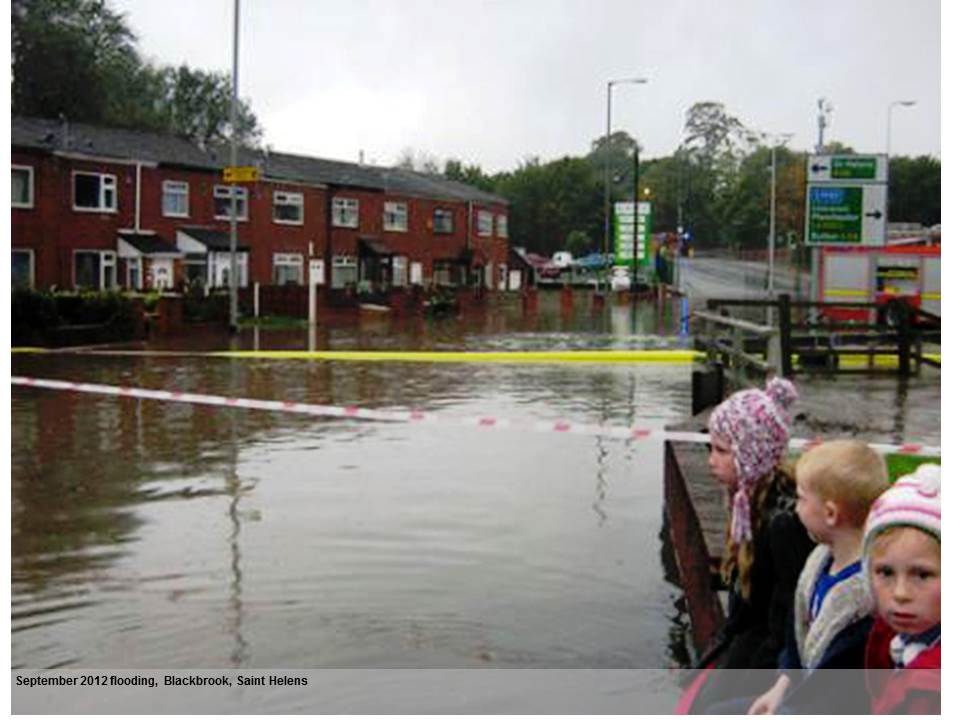
Rejendra Singh was joined by scientists from across the world
A researcher from the School of Environmental Sciences took part in the Water Peace Walk which marked the UK tour of this year’s Stockholm Water Prize, Rajendra Singh.
Rajendra Singh is often referred to as “the Nobel Prize winner for water” for his role in bringing water back to a 1,000 villages in Northern India using rainwater harvesting techniques.
The Water Peace Walk, which took place on 15 August, saw scientists from across the world come together to walk from the Holy Island to Belford in Northumberland. Belford is seen by many as the first UK Natural Flood Management (NFM) scheme.
Natural Flood Management (NFM) techniques seek to retain the raindrop where it falls and slow river flow by a series of interventions to prevent rapid sheet runoff combining with nearby pathways, which may have combined to propagate a larger flood magnitude. Evidence suggests that there are higher runoff rates in well drained landscapes where fast flows are left unchecked.
In Rajasthan, Mr Singh, dubbed “the Water Man of India”, and villagers used Johads, small dams made with natural materials to harvest rainwater. By their retention Johads recharge the aquifers that serve the wells throughout the farming region.
Some 8,000 of the features now exist through Northern India. A similar attenuation approach is now spreading through the UK with around 50 schemes in existence.
St Helens NFM initiative
In St Helens, Merseyside, this technique is beginning to be adopted to address persistent flooding where the locals of Blackbrook have found themselves under water several times during the recent past.
This year, the University of Liverpool, St. Helens Council, Waterco Consultants and Groundwork began work on a new NFM initiative. Working with a team of Green Energisers four log-dams were built to retain rapid flood-flows down the Stanley Brook tributary, before they arrived in downstream Blackbrook.
Liverpool research associate, Mike Norbury, who took part in the Water Peace Walk and is part of the St Helens NFM initiative, said: “Natural flood management is emerging as a new form of catchment system engineering which offers flood alleviation at a fraction of the cost of conventional approaches, a route to water quality improvement and community engagement.”
Runoff Attenuation Features
Hydraulic modelling is now underway for the St Helens Sankey Valley to quantify the number and type of Runoff Attenuation Features (RAF) required to attenuate the flow pathways that combine to produce flooding downstream.
He added: “Flood budget, water quality and climate change drivers are likely to mean that NFM measures will become increasingly popular. Accordingly, there is a movement to live more sustainably with our water cycles and within ecological limit.”
“The NFM approach seems to be gaining traction; particularly as holding water in the landscape is easily demonstrable and visually apparent during rainstorms.”
This view is echoed by Rejendra Singh who said: “Today our aim is higher. This is the century of exploitation, pollution and encroachment. To stop all this, to convert the war on water into peace, that is my life’s goal.”
Blackbrook in St Helens has been subject to flooding in 2012

